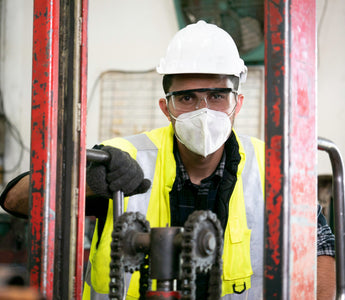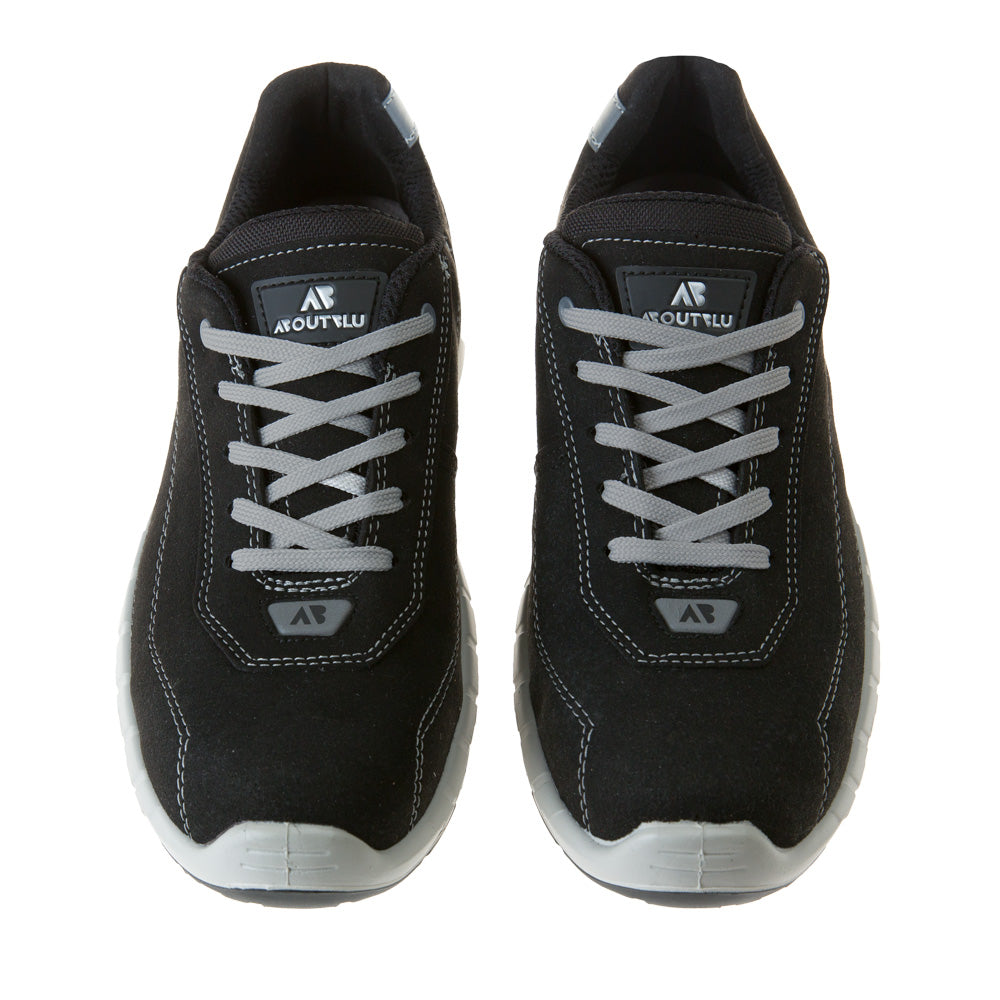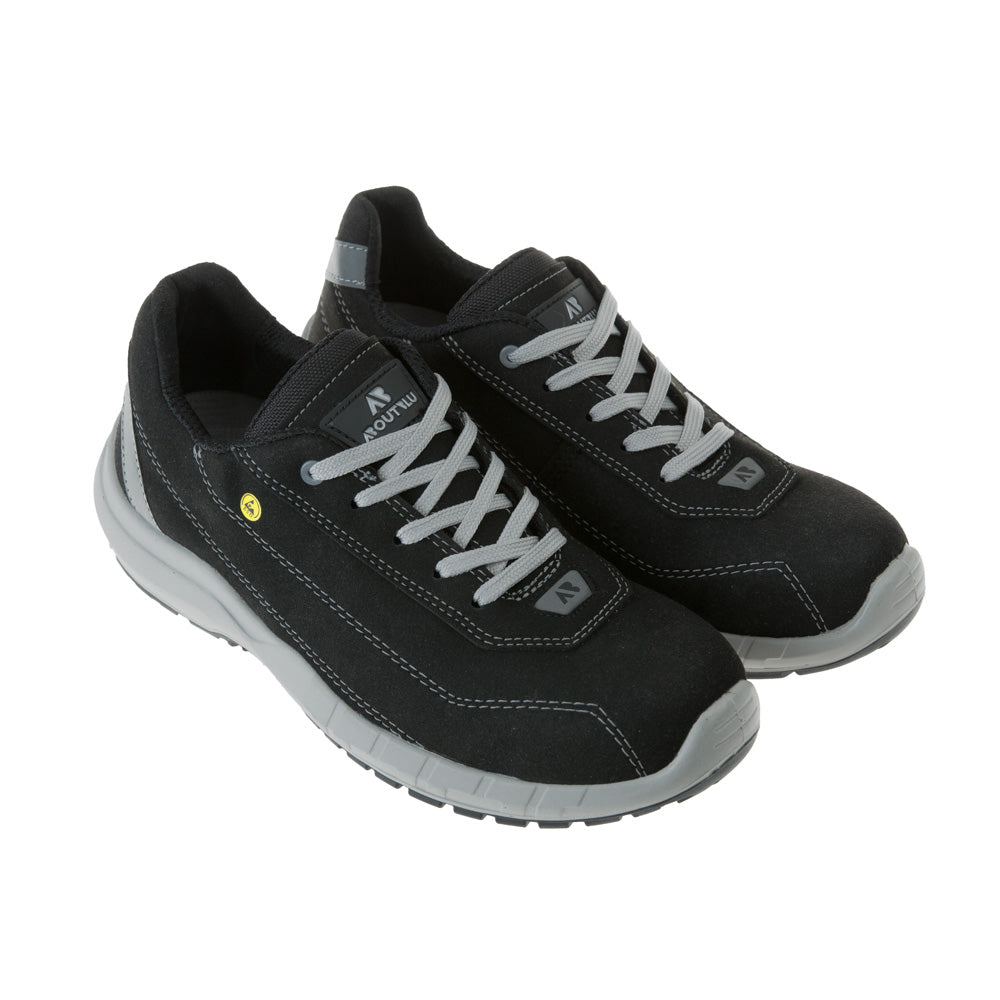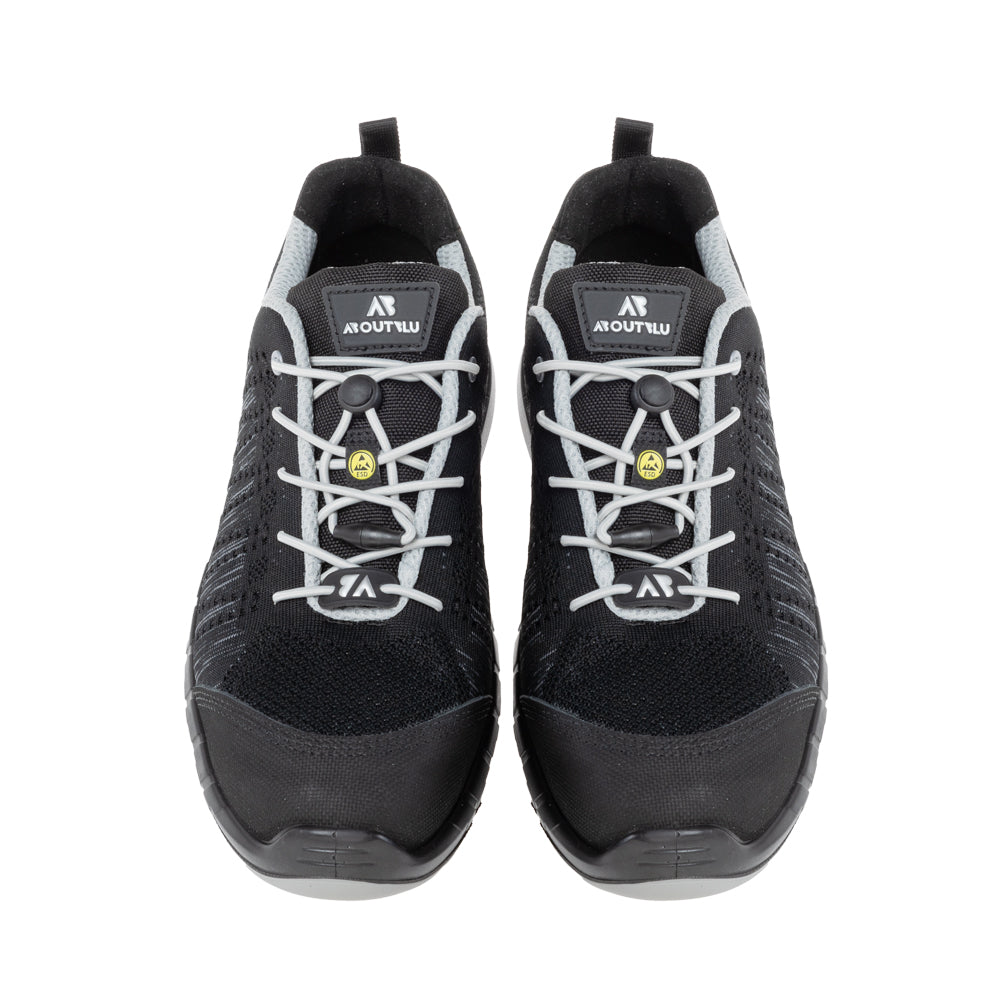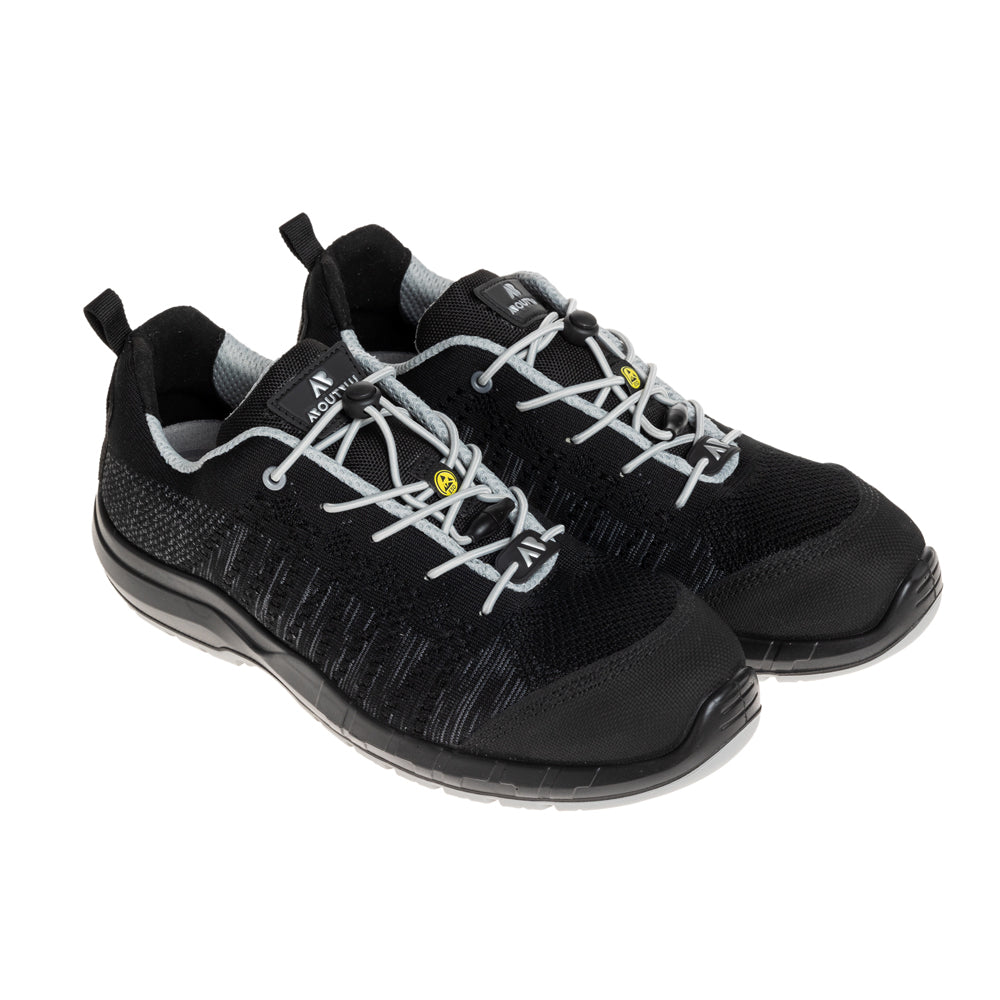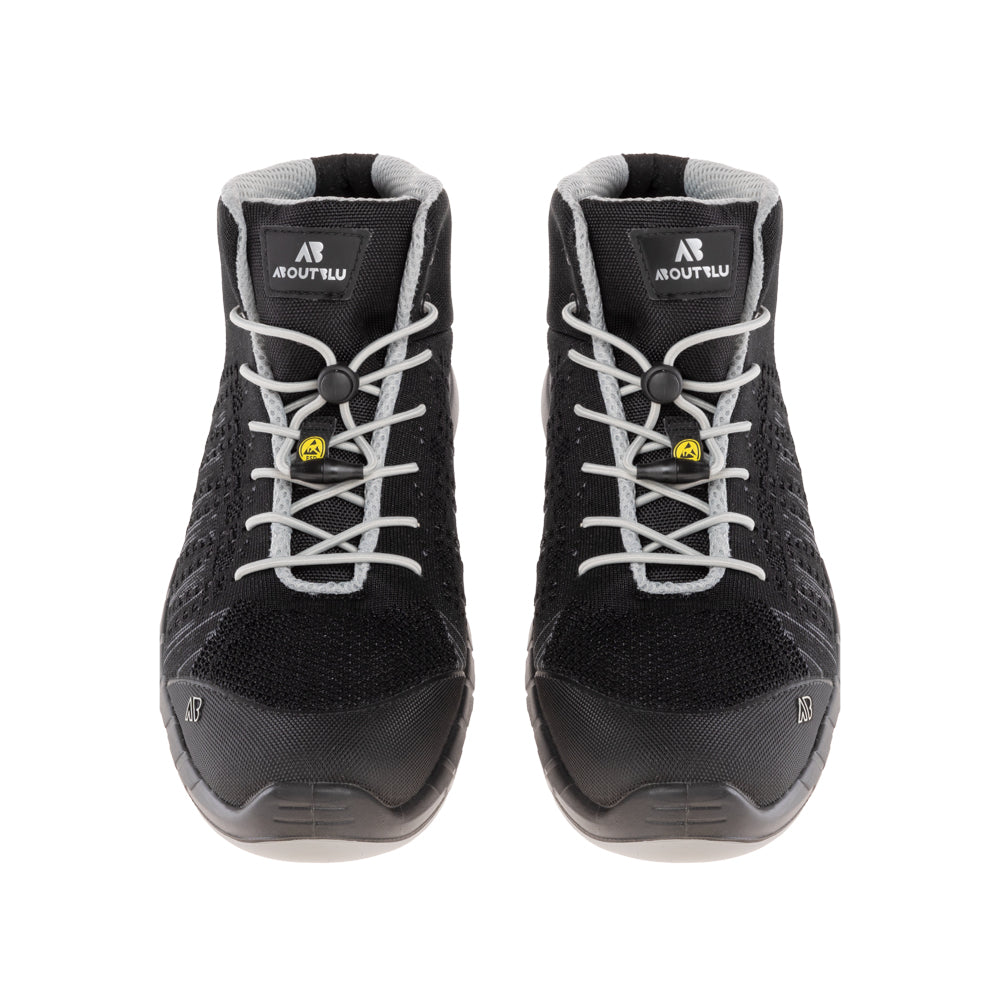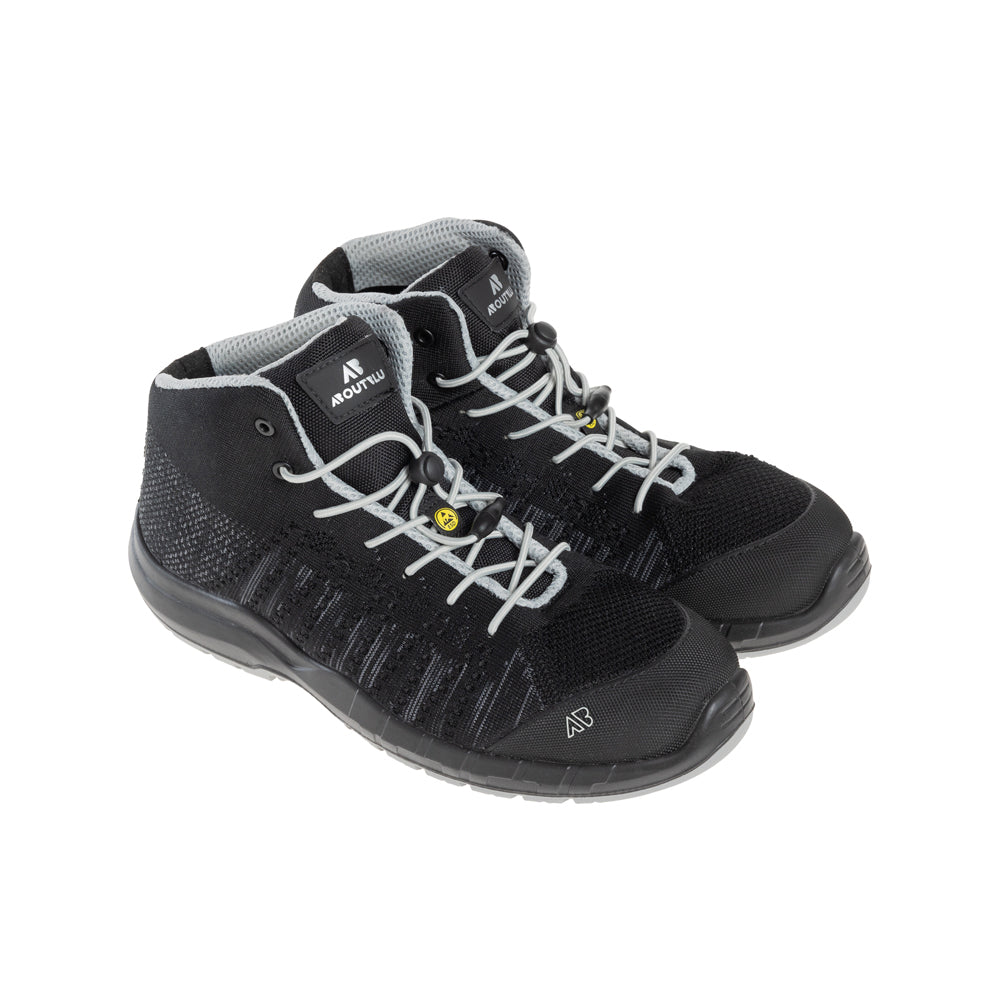Walk into any small workshop just before the morning brew and you can read the day in the air. A hint of cutting oil. A puff of MDF dust from yesterday that never quite settled. Someone taps a bench tidy into line and reaches for their specs with the muscle memory of a thousand starts. That moment tells you something simple. If the personal protective kit is where it should be and in a state people trust, the rest of the day feels lighter. This guide is for anyone searching for small workshop PPE kit uk and needing a clear list that works in practice.
I will show you what to include, how to choose it with confidence, and how to keep it ready so no one is rooting around for a lone earplug as the grinder spools up. No waffle. Just the essentials for a small team that wants to stay on the right side of both common sense and the law.
Start with the law then make it human
In the UK, employers must provide suitable personal protective equipment at no cost to workers and ensure it is used correctly. That duty was refreshed in the 2022 update to the PPE at Work Regulations, which also extended some responsibilities to limb workers. The Health and Safety Executive page on the changes is the simplest anchor to bookmark and share with your team.
If you work with dusts, fumes or vapours, remember that respiratory protection is part of your control regime under COSHH rather than an optional extra. The HSE COSHH hub explains when and how to assess exposure and what good control looks like. Use it when you decide if a mask is sensible or mandatory for a task.
And one more legal drumbeat that matters in a space full of grinders, compressors and planers. The Noise at Work rules kick in well before ears ring. The lower action value is eighty decibels averaged over the day and the upper is eighty five, with an exposure limit of eighty seven after protection. Those numbers decide when you provide hearing protection, create hearing protection zones and take further measures. Write them on the wall so no one is guessing.
The kit list that actually fits a small workshop
Think of this as a minimal kit that expands with your risks. You can put it on a single shelf and it covers ninety percent of typical jobs in light engineering, joinery or fabrication. Then add task specific items as your risk assessment demands.
Eye protection you do not have to nag people to wear
At the very least you want comfortable safety spectacles that meet EN 166 and sit well with half masks and ear defenders. For dusty cutting or splashy work, stock sealed goggles so people are not tempted to lift them when the swarf starts flying. If you specify by standard in your purchasing notes you will avoid the lookalikes that fog at the first hint of sweat. The BSI page on the EN 166 eye protection standard is a helpful north star when you are comparing markings.
A tip from the floor. Keep a small tub of lens wipes next to the rack and a bottle of anti fog spray nearby. It sounds minor, but when lenses are clean and clear people keep them on.
Hands that stay in one piece
Gloves are not one size fits all. A bench joiner who rides a sander all day wants dexterous gloves with good abrasion resistance. A fabricator stripping sharp galv edges needs higher cut performance. Look for EN 388 markings so you can match abrasion, cut, tear and puncture performance to the job at hand. Post a simple reading guide where people choose their gloves and you will hear fewer versions of does this one count as cut five.
Keep a box of disposable nitrile for glue and solvent handling. And teach the team the obvious that no one says out loud. Gloves go off like milk. Replace stock rather than hoarding a dusty bag that has been open since the last refit.
Boots that earn their space by the door
If you buy safety footwear against EN ISO 20345 you will get toe protection as a baseline and a consistent way to choose midsole penetration resistance, slip performance and heat resistance. That standard was refreshed recently, so skim a current explainer when you next change models. Your buying note should make the standard explicit so no one slips a fashion boot into a technical order.
Practical extras that get used. A stiff brush at the entrance. A few pairs of spare insoles. And an agreed time to check soles and seams. A clean boot is easier to inspect, which means problems get caught before someone feels it the hard way.
Respiratory kit that actually protects
This is where many small workshops wobble. Buy a box of masks and hope for the best. The better way is simple. Decide what you are protecting against. Match the filter. Make sure the mask fits. The HSE guide HSG53 explains how to select adequate and suitable respiratory protection. Use it as your checklist. And remember that any tight fitting facepiece relies on a good seal, so the wearer must be fit tested for that make and model. HSE even gives you a plain English guide to fit testing so you are not improvising on something that protects lungs.
For most wood dust and general workshop particulates a reusable half mask with P2 or P3 filters is a solid backbone. Add disposable FFP2 or FFP3 for visitors and quick tasks where a reusable mask would be overkill. If you weld, speak to your supplier about powered units that combine head and respiratory protection. Comfort keeps masks on faces.
Ears that last a career
Once you clock the action values you will see where the risks sit. Keep a dispenser of quality earplugs by the machines that push you toward those numbers and store a few pairs of over ear defenders for people who prefer them or need double protection on short noisy tasks. If the compressor is just under the action value, label the gauge with the sound figure and tell people exactly when plugs go in. Clear beats clever when the day is busy.
Head and face protection for the bitey jobs
Not every small workshop needs hard hats. Many do need bump caps for head knocks and face shields for the sparky or splashy moments. If you turn or grind, hang a clear visor next to the machine and treat it like a consumable. Once it is scratched or cloudy, swap it. Eyes and skin beat another fortnight of squinting through fog.
Clothing that earns its keep
Aprons and sleeves for sharp or splashy work. Cotton for heat and sparks rather than synthetic fibres that do that awful curl. For specific hazards like welding or chemical handling, pick garments certified for that task and keep the care labels honest in the wash so the protection does not fade quietly away. Keep a couple of high visibility waistcoats on a hook near the door for load in and load out when vehicles dance too close to people.
Make the shelf work like a system
A small workshop lives or dies on flow. The same is true of your PPE shelf. One neat bay, clearly labelled, at human height. Glasses and goggles on the top. Plugs and defenders within easy reach. Masks and filters together with a note that the model on the left fits most faces and that face fit is required before regular use. Gloves grouped by job not by brand so people learn to choose by performance.
Add a small bin for used filters and scuffed visors. It sends an honest signal that PPE is a living thing not a museum piece. While you are there, stick a wipeable list to the wall that shows the last time you checked stocks and the date of the next check. Old school pen and clipboard still beats a promise to update a spreadsheet later.
Build your kit around real tasks
Here is how that shelf flexes for three common workshop types.
Light fabrication and maintenance
Start with spectacles, sealed goggles, medium cut gloves, P3 half masks for dusty cutting and a stash of FFP3 disposables for visitors. Add a set of faceshields by the grinder and a board with spare visors. Store ear defenders by the band saw and earplugs at the press bench. Post your noise figures and the action values so choices feel obvious rather than bossy.
Joinery and panel work
Dust leads the risk parade. Make the half masks the star and set a routine for changing filters so people do not nurse them until they taste like last week. P2 filters are the common pick for general wood dust, with P3 as a stronger option. Keep sealed goggles with soft face seals for routing and hand sanding. Gloves are task dependent here. Many joiners prefer bare hands for fine work, so store light abrasion resistant gloves for handling sheet goods and finished items. Use earplugs at saws as a default and defenders for extended noisy tasks.
Small vehicle bay or mixed engineering
Oil and sharp metal demand abrasion and cut protection on the glove front. Buy by EN 388 performance rather than colour so you can actually match glove to task. A few chemical resistant pairs live in a separate box for brake cleaner moments. Eye protection is a hard yes. For spark heavy work, park faceshields next to the tools not in a cupboard three rooms away. Respiratory protection depends on tasks. If fumes are in play, look beyond particulate filters and get advice on combined gas and particulate filters that meet your real exposures under COSHH.
Training, fit and the quiet culture shifts
People wear what fits. They wear what does not fog. They wear what is to hand. That is the triangle. So run a short show and tell for new starters where you explain how to read glove markings, how to seat a mask and when hearing protection becomes non negotiable. If you use tight fitting masks, book face fit tests and keep a simple record that ties the person to the make and model that passed. The HSE fit testing basics page makes it easier than you think.
Keep it human too. The best culture moves are tiny. A mirror near the PPE shelf so people can check mask seal. A spare box of soft nose bridges for glasses. A couple of sizes in everything, with women’s fit not an afterthought. When kit is made for real bodies, it gets used.
Maintenance that takes five minutes not a morning
Once a month, give the shelf a quick audit. Wipe down goggles. Chuck scratched visors. Swap mask filters that are due. Top up plugs and gloves. Write the date on the wall list. If you need a prompt, set a repeating calendar note for first Monday after payday so the pattern sticks.
Filters and masks deserve a calmer look every quarter. Check straps, seals and valves. Use the HSG53 checklist to sanity check what you have against what you actually do. It is a simple way to catch a silent drift from good enough toward not really doing its job anymore.
Buying notes for the person with the card
Buy by standard and performance, not by brand. EN 166 for eyewear. EN 388 for gloves with the performance numbers you actually need. EN ISO 20345 for boots with the midsole and slip you prefer. For masks, buy the same make and model that your team passed on during face fit testing so replacements do not break the seal. Bookmark the HSE pages you rely on so you can justify choices without a long dig through emails when a supplier waves a discount flyer at you.
If budget is tight, put comfort first on spectacles and masks. People will tolerate average gloves for a week. They will not tolerate painful glasses or a mask that feels like a vice. The kit that gets worn beats the kit that lives pristine in a box.
The small list you can print and hand to the apprentice
I keep this one on a notepad by the door and it has saved more than a few chaotic Mondays.
Eye protection that meets EN 166 and does not fog. Goggles for dusty work.
Work gloves with EN 388 markings that match the task. Keep light, medium and high cut options.
Safety footwear to EN ISO 20345 with the midsole and slip rating you need for your floor.
Reusable half masks with P2 or P3 filters and a plan for face fit testing. Disposable FFP2 or FFP3 for visitors and quick jobs.
Hearing protection at the machines that push you near the action values. Earplugs for most work. Defenders for longer noisy tasks. Post the numbers so no one argues.
Bump caps and faceshields where heads meet low steel and sparks meet skin.
Aprons and sleeves that suit your tasks. A couple of high visibility waistcoats for load moves.
Before you lock the door
End of day. The bench is clean again, mostly. The last mug stands upside down to dry. You glance at the PPE shelf and it is neat without being precious. Glasses lined up. Filters dated. A couple of gloves missing because they are on actual hands. That is the little picture that safeguards the big one. Not an expensive overhaul. Not a new policy binder. Just a small, tidy kit that people trust and use.
Keep your choices tied to the work you really do. Let the HSE pages sit in the background as your steady reference for the law, for COSHH and for the details that matter on masks and noise. Then enjoy that quiet, practical confidence that your small workshop PPE kit is not a box of good intentions. It is the everyday kit that makes tomorrow easier and safer.
If you want this turned into a printable checklist and a one page wall chart for the team, say the word and I will shape it to your setup with your actual machines and tasks.



